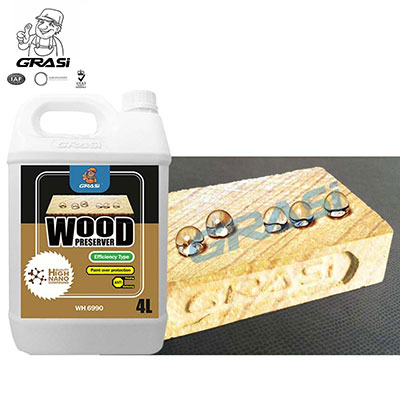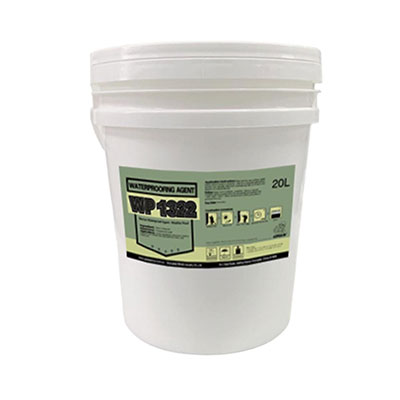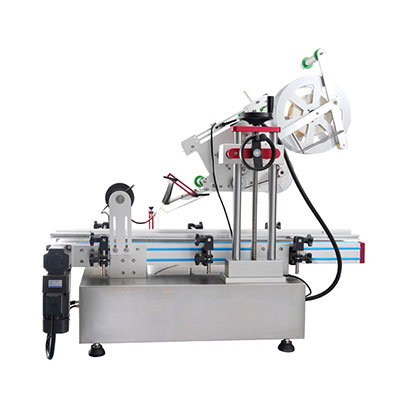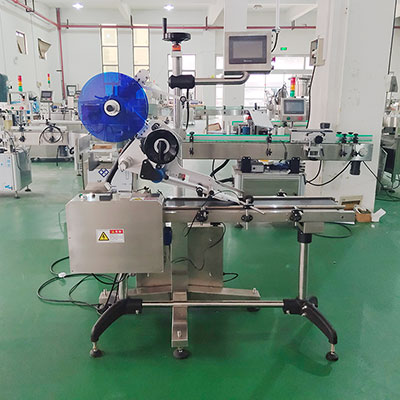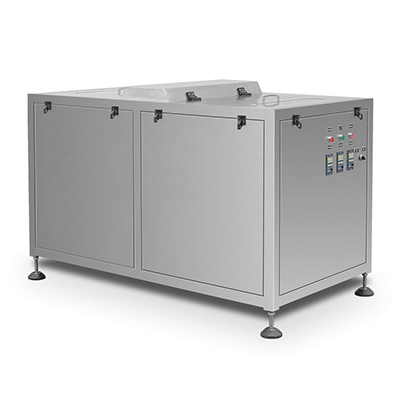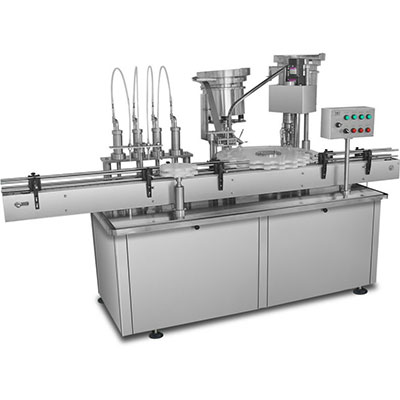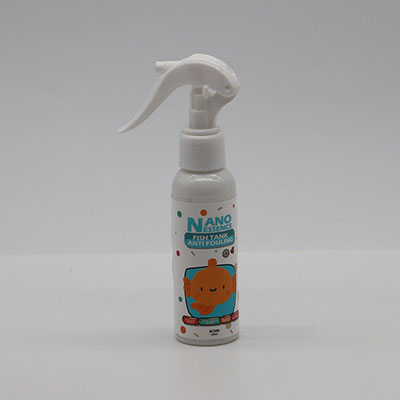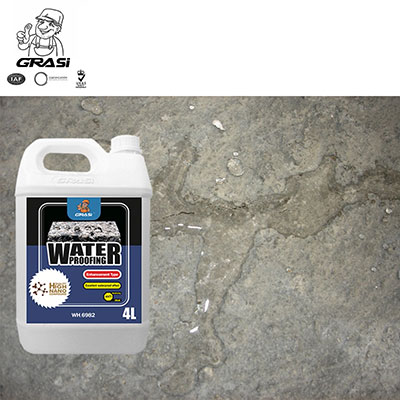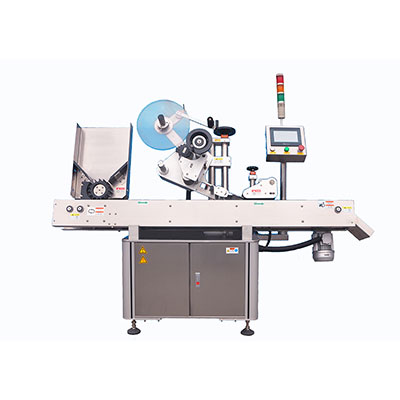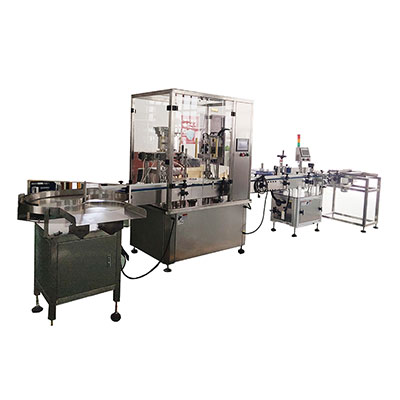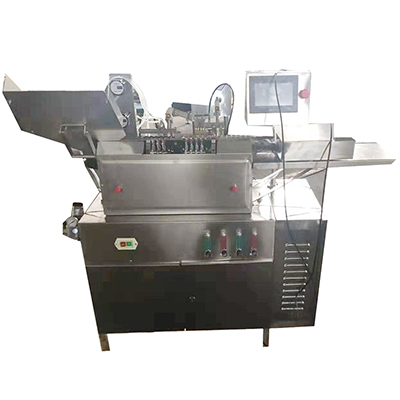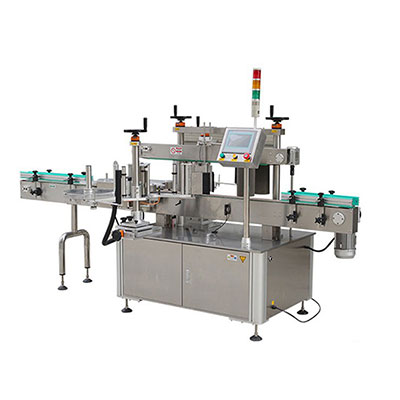E630 Addition Cure Molding Silicone Rubber
The addition cure molding silicone rubber, in addition to offering all the advantages of the condensation cure RTV silicone rubber, provides lower shrinkage, low viscosity and good fluidity. Without releasing any by-product with low molecular weight, the silicone rubber offers better curing performance. Meanwhile, the addition cure molding silicone rubber won't stick on molds or cause mold degradation under high temperature conditions.
The molding silicone rubber with good hydrolysis resistance is well suited for making all kinds of molds in different sizes and complicated shapes, and is especially ideal for duplication of large stone, plaster and cement products as well as the products with very complicated patterns due to its low viscosity, good tensile and tear strength, and excellent operability.
Technical Data of the E630 Addition Cure Molding Silicone Rubber| Model | Before curing | After curing | ||||||
| Appearance | Dynamic viscosity (Cp) (25℃) | Hardness (Shore A) | Pot life (mins) (25℃) | Demould time (hrs) | Tensile strength (Mpa) | Tear strength (kn/m) | Elongation at break (%) | |
| E630 | Yellowish translucent fluid without apparent mechanical impurity | A:27000±5000 B:3500±1000 A B:6000±1000 | A B(1:1) 30±2 | A B(1:1) 30±10 or as per customer request | A B(1:1) (25℃) 4±1 or as per customer request | A B(1:1) ≥4.0 | A B(1:1) ≥10 | A B(1:1) ≥300 |
| 1. Keep sample at room temperature for at least one hour before you take a proper amount of it for testing. Put A and B under room temperature for one hour respectively, and then mix them evenly in the ratio 1:1. Test the viscosity immediately. (For the fast cured type addition cure molding silicone rubber, delayed action activator is required.) 2. Thickness of the cured test sheet should be no less than 6mm. 3. Mix A and B evenly at a ratio of 1:1 under room temperature, and record the time when crosslinking reaction occurs in the mixture. 4. The test sheet is initially vulcanized with the thickness at least 2cm, and it can be restored after extrusion. The cured sheet is made to offer standard mechanical property, which is tested by an electronic universal testing machine. | ||||||||
Note
1. For dynamic viscosity testing, the component A and component B should be put at room temperature for at least one hour respectively, and then mix them completely in the ratio 10:1. Test the viscosity immediately after the component A and B are mixed. For the fast cured type silicone rubber, delayed action activator is required.
2. For the testing of pot life, component A and B should be mixed uniformly at the ratio of 10:1 under room temperature. The pot life refers to the time duration from the mixing of component A and B starts to crosslinking occurs in the mixture.
3. For demould time testing, component A and B have to mixed evenly in a ratio of 10:1 and then pour the mixture into the aluminum alloy mold; After that, deair it with a vacuum machine, and finally put it into the oven (100℃) until it is cured totally.
Package, Storage and Transportation of the Addition Cure Molding Silicone Rubber
1. The component A and B of the addition cure molding silicone rubber are separated packed. Our silicone rubber is packed in a clean, dry and sealed pail with big and round mouth, in 1kg/pail, 5kg/pail, 20kg/ /pail, and 200kg/ pail.
2. The addition cure molding silicone rubber should be stored in cool and dry places, and keep it away from nitrogen, sulfur, phosphorus, tin, and lead compounds, or metal organic acid salts. Otherwise, the catalyst will be poisoned, and then the silicone rubber can not be cured or just partially cured.
3. The silicone rubber is NOT subject to the provisions of the IMDG code. It has a shelf life of 18 months from the date of production, but it can still be used after expiration when it is retested and proves to be acceptable.
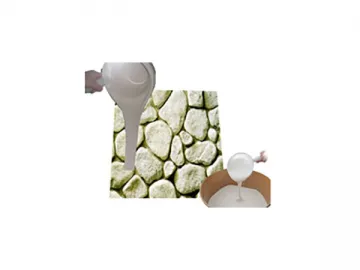
Links:https://globefindpro.com/products/34901.html
-
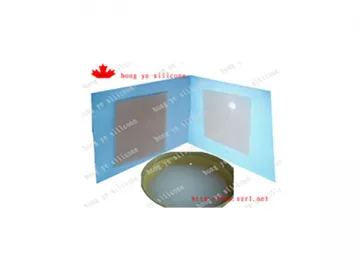 Y812 Lifecasting Silicone
Y812 Lifecasting Silicone
-
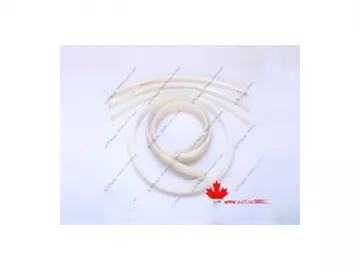 HY-450 Gross Rubber
HY-450 Gross Rubber
-
 Y810 Lifecasting Silicone
Y810 Lifecasting Silicone
-
 Lead-tin Alloy Craft Silicone Disc HY-455
Lead-tin Alloy Craft Silicone Disc HY-455
-
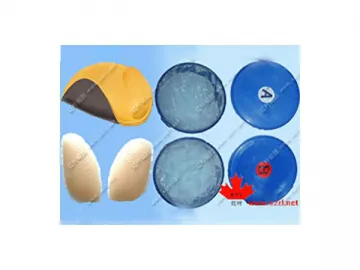 Organic Silicone Gel
Organic Silicone Gel
-
 HY-725 Moulding Silicone Rubber
HY-725 Moulding Silicone Rubber
-
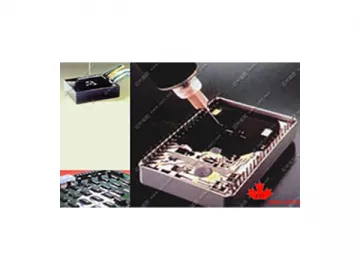 Electronic Potting Silicone
Electronic Potting Silicone
-
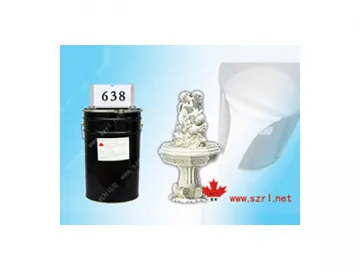 HY-638 Moulding Silicone Rubber
HY-638 Moulding Silicone Rubber
-
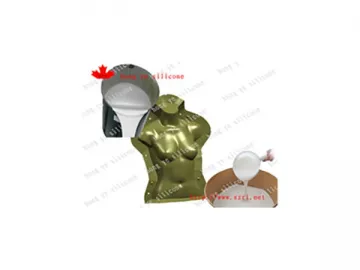 Y805 Lifecasting Silicone
Y805 Lifecasting Silicone
-
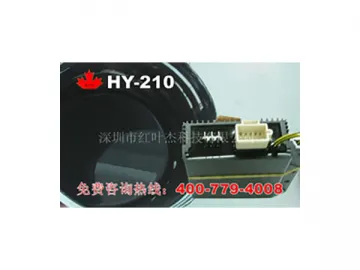 HY-210 Electronic Potting Silicone
HY-210 Electronic Potting Silicone
-
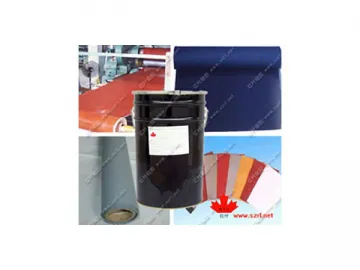 Silicone Rubber for Fiber Glass Cloth
Silicone Rubber for Fiber Glass Cloth
-
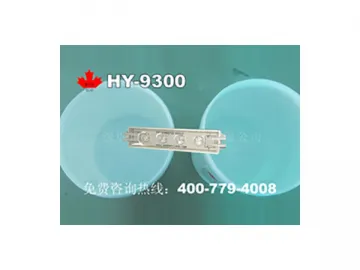 HY-9300 Electronic Potting Silicone
HY-9300 Electronic Potting Silicone
